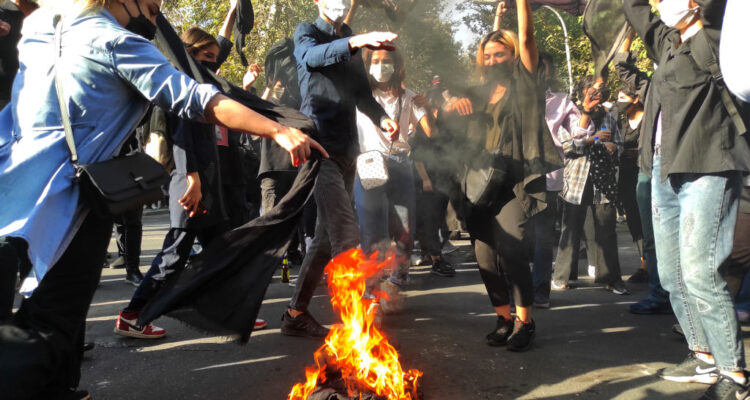The public unrest that has gripped Iran since September, spearheaded by women, is essentially about the very objectives that the instigators of the 1978–79 Iranian revolution sought but failed to achieve—a pro-democracy transformation of the country. They and their movement were derailed by the Shia religious establishment, which was better organised than they were. It seized the leadership of the revolution and established a unique theocratic system of governance. The latest wave of protests basically wants to return to the unfinished goals of that revolution. But can it succeed?
The revolution of nearly 44 years ago that toppled the pro-Western monarchy of Mohammad Reza Shah was originally instigated by his intellectual, professional and political opponents, with the explicit goal of turning Iran into a constitutional monarchy. The Iranians had attempted to achieve this goal twice before but failed.
The first attempt was in the early 20th century, when a constitutional movement sought to limit the powers of the traditional monarchy but was ultimately aborted by the Shah’s father, Reza Khan Pahlavi, who seized power through a coup in 1921 and within five years established his own dynastic rule.
The second came in the middle of the 20th century following a period of quasi-democracy and the Anglo-Soviet occupation during World War II. The attempt was led by the reformist Mohammad Mossadegh, who commanded a majority in the Iranian parliament, but was aborted by a CIA-backed coup in favour of the Shah in 1953.
Read the article by Amin Saikal in The Strategist.

